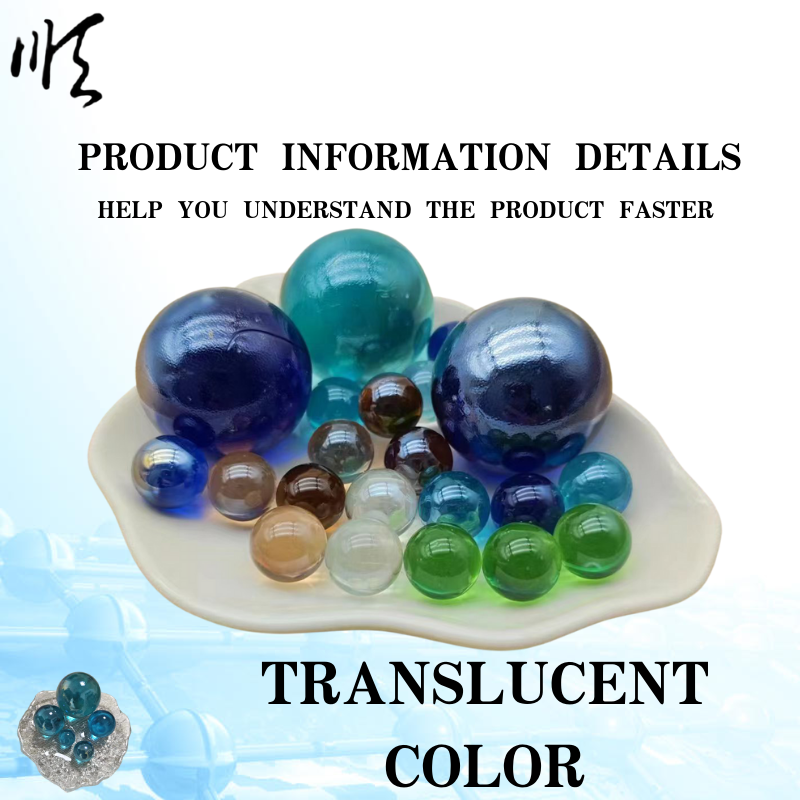
Comparing the Benefits and Applications of OEM Perlite and Vermiculite in Manufacturing
The Choice Between Perlite and Vermiculite in OEM Manufacturing A Comprehensive Overview
When it comes to the growth of plants or the enhancement of soil, two materials frequently come to the forefront perlite and vermiculite. Both are used widely in gardening and horticulture, but they serve different purposes and have unique characteristics. For OEM (Original Equipment Manufacturer) factories involved in the production of gardening materials, understanding the distinctions between perlite and vermiculite is crucial in making informed choices tailored to the needs of their clients.
Understanding Perlite and Vermiculite
Perlite is a volcanic glass that expands when heated, forming lightweight, white, porous granules. Its structure allows for excellent drainage and aeration, making it an ideal additive for potting soil, seed starting mixes, and even hydroponic systems. Perlite is also sterile, which helps prevent diseases and pests in the soil.
On the other hand, vermiculite is a hydrated phyllosilicate mineral that expands when heated to produce a worm-like structure. This material is not only lightweight but also has unique moisture retention properties, allowing it to hold water and nutrients effectively. As a result, it is often used in soil amendments to improve water retention in dry or sandy soils, making it particularly popular among gardeners looking to create optimal growing conditions.
Comparative Advantages
When comparing perlite and vermiculite, several advantages emerge for each. Perlite excels in improving drainage and aeration, which is crucial for preventing root rot and promoting strong root development in plants. Its ability to retain low amounts of moisture also ensures that soil does not become overly saturated, which can be detrimental to plant health.
oem perlite v vermiculite factory

Conversely, vermiculite's strength lies in its moisture-holding capacity. For plants that require consistent moisture levels, vermiculite can be invaluable. Additionally, its ability to retain nutrients means that it can contribute to more vigorous plant growth, making it a favored component for potting mixes and seedling starters.
Considerations for OEM Factories
For OEM factories looking to produce growing media, it’s essential to consider the specific needs of their target market. While some customers may prioritize drainage and aeration – thus favoring products that include perlite – others might be seeking solutions that enhance water retention and nutrient availability, pointing to a preference for vermiculite.
Another critical factor is the cost and availability of these materials. Perlite is often more readily available and typically less expensive than vermiculite, making it a popular choice for mass production. However, the specific applications and customer preferences can significantly influence this choice.
Moreover, sustainability is becoming increasingly vital in today’s market. Manufacturers need to consider the sourcing and ecological impact of both perlite and vermiculite. While perlite is abundant, its extraction can be disruptive to the environment. Vermiculite, although valuable, is also subject to mining practices that can raise sustainability concerns. Therefore, OEM factories should strive to source materials responsibly and consider the ecological footprint of their products.
Conclusion
In summary, both perlite and vermiculite have distinct advantages and serve unique roles in horticulture. For OEM factories producing gardening materials, understanding the differences between these two substances is key to meeting customer demands. By evaluating the specific needs of their consumers and considering factors such as cost, availability, and sustainability, manufacturers can make informed decisions that enhance their product offerings and contribute positively to the gardening community. Ultimately, whether choosing perlite or vermiculite, the goal remains the same to provide optimal growing conditions that foster plant health and productivity.
Share
-
Premium Pigment Supplier Custom Solutions & Bulk OrdersNewsMay.30,2025
-
Top China Slag Fly Ash Manufacturer OEM Factory SolutionsNewsMay.30,2025
-
Natural Lava Rock & Pumice for Landscaping Durable Volcanic SolutionsNewsMay.30,2025
-
Custom Micro Silica Fume Powder Manufacturers High-Purity SolutionsNewsMay.29,2025
-
Custom Mica Powder Pigment Manufacturers Vibrant Colors & Bulk OrdersNewsMay.29,2025
-
Custom Micro Silica Fume Powder Manufacturers Premium QualityNewsMay.29,2025






